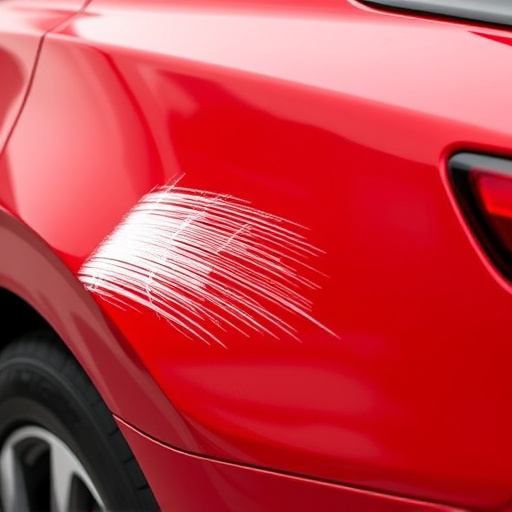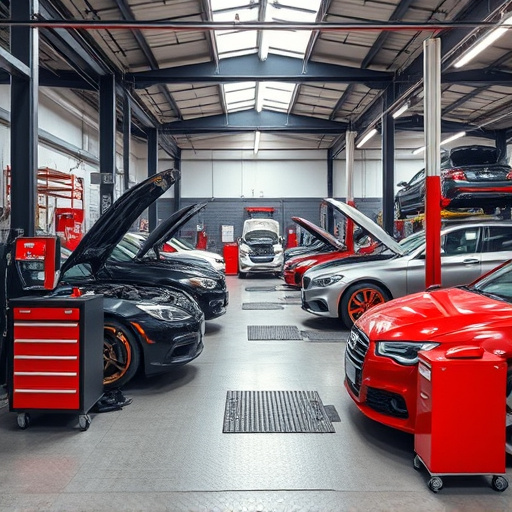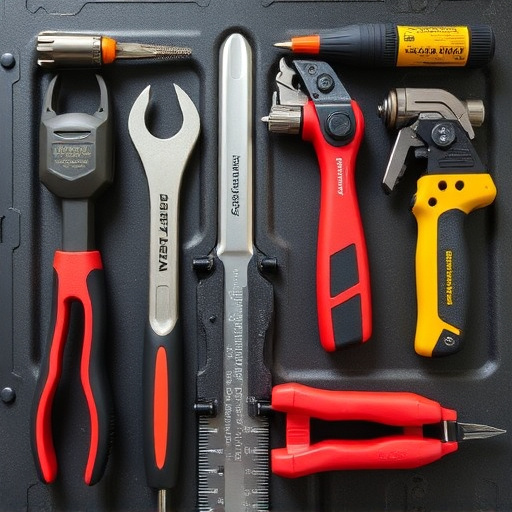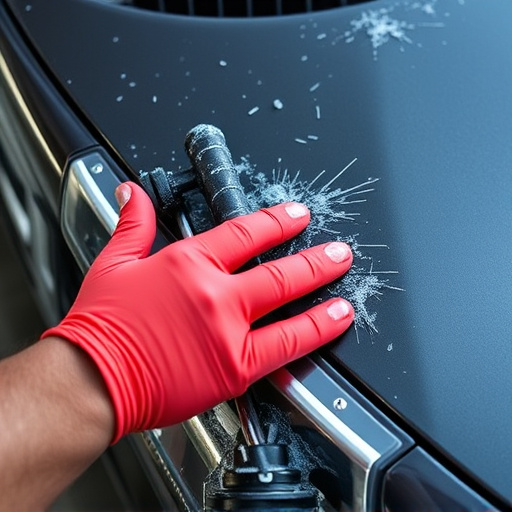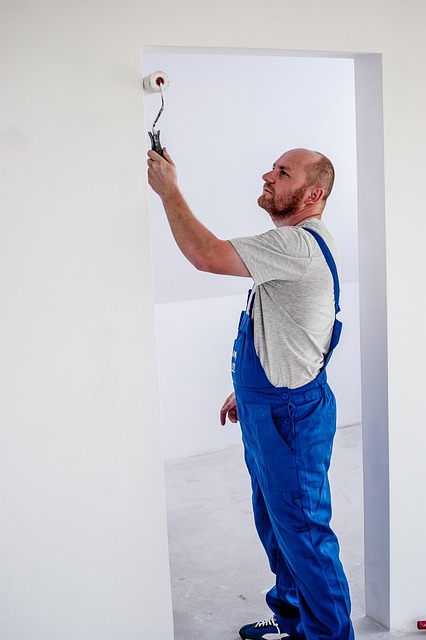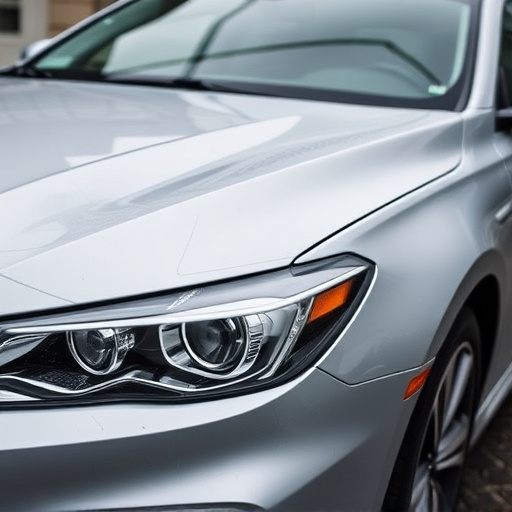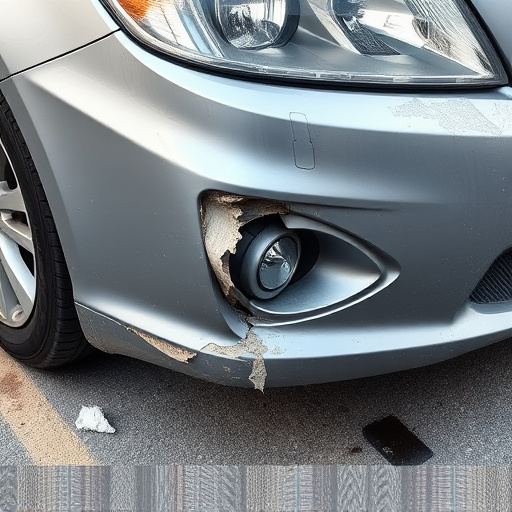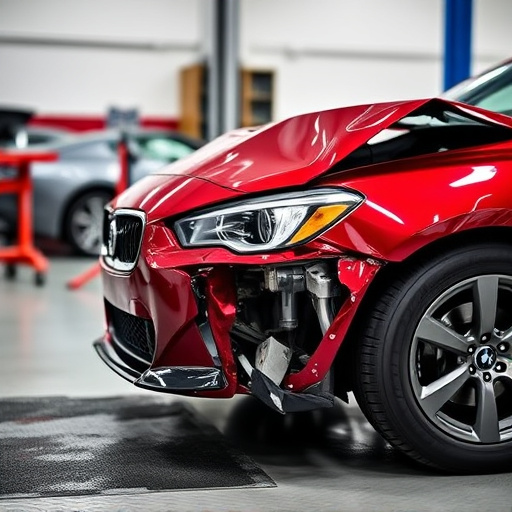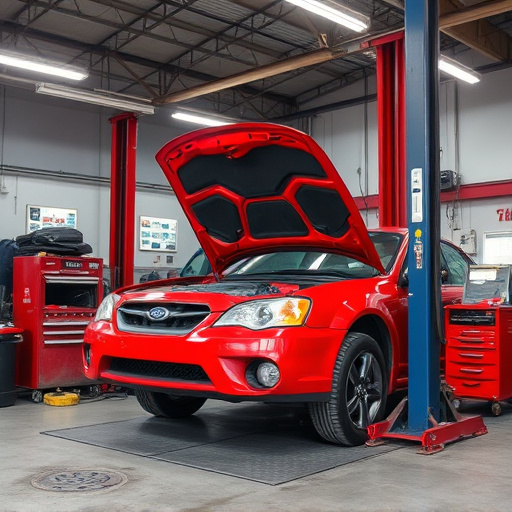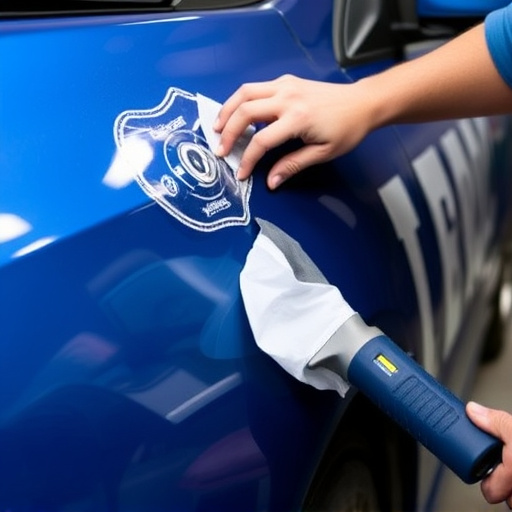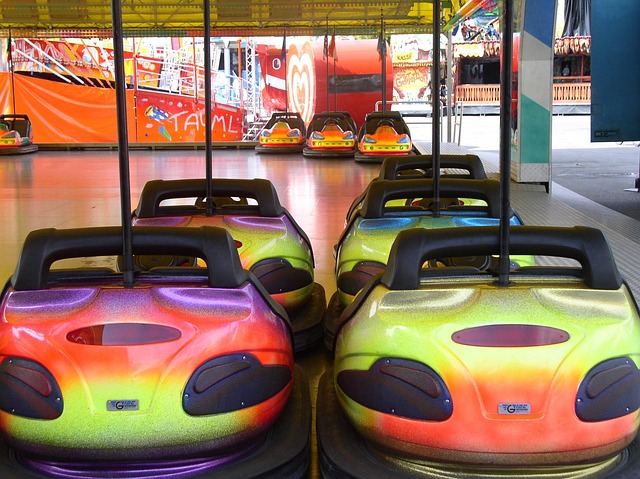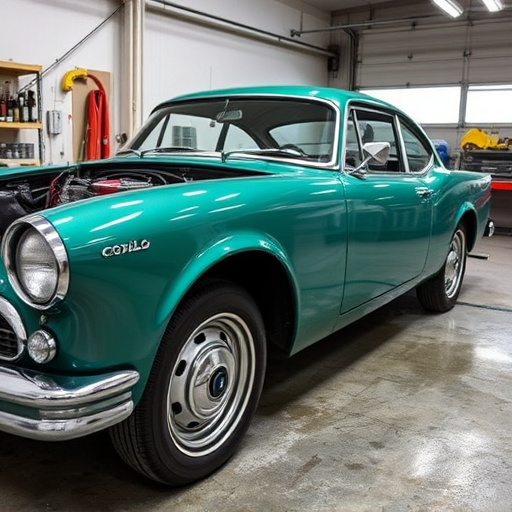Advanced welding techniques, like laser guidance and robotic arms, enhance precision in processes like TIG (Titanium Gas) and MIG (Metal Inert Gas) welding for complex automotive applications, notably Mercedes Benz collision repair. Skilled welders now merge precision with artistic vision, creating "welding sculptures" by strategically fusing diverse metals, transforming repairs into vibrant masterpieces that showcase the beauty and versatility of advanced welding skills.
Dive into the world of advanced welding techniques and unlock the secrets that professionals have been using to create seamless, robust joins. From precise methods ensuring accuracy to innovative techniques like TIG (Tungsten Inert Gas) for metal fusion, this article reveals seven powerful strategies. Discover how creative welding allows artisans to sculpt and merge metals with artistic flair, pushing the boundaries of traditional metalwork.
- Unlocking Precision: Techniques for Seamless Joins
- Power of TIG: Advanced Metal Fusion Secrets
- Creative Welding: Sculpting and Artistry in Metalwork
Unlocking Precision: Techniques for Seamless Joins
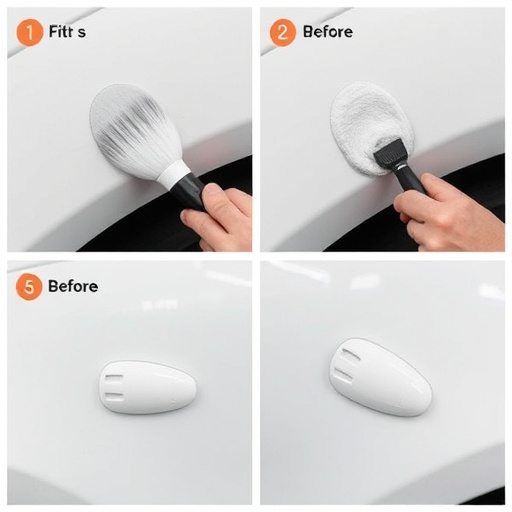
Unlocking Precision: Techniques for Seamless Joins
In the realm of advanced welding techniques, achieving precision is paramount for creating robust and durable joints. Skilled welders employ a variety of methods to ensure every connection is seamless and structurally sound. For instance, using laser guidance systems and robotic arms in processes like laser welding and automated spot welding enhances accuracy, leading to minimal heat input and reduced distortion. This level of control is especially valuable in intricate automotive body shop applications, such as those found in Mercedes Benz collision repair, where precision is key for restoring vehicles to their original specifications.
Furthermore, techniques like TIG (Titanium Gas) welding and MIG (Metal Inert Gas) welding offer precise control over the heat input and weld pool, enabling the creation of complex joint configurations often required in autobody repairs. By carefully managing parameters like voltage, current, and gas flow, welders can produce strong, consistent bonds across various metal types and thicknesses. This expertise is crucial for creating seamless, long-lasting joins that meet the high standards of modern automotive manufacturing, ensuring vehicles remain safe and reliable on the road.
Power of TIG: Advanced Metal Fusion Secrets
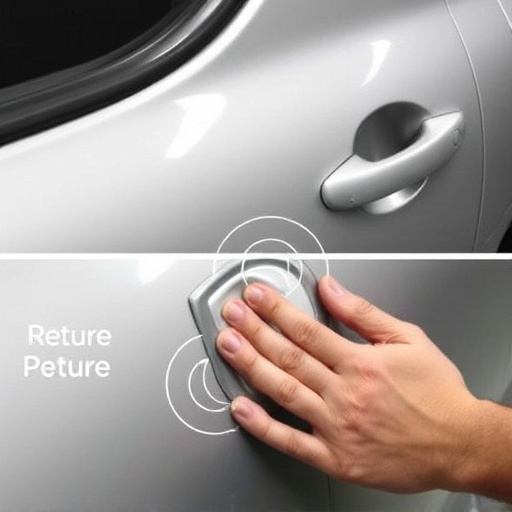
The TIG (Titanium Inert Gas) welding process is a masterclass in advanced metal fusion, showcasing the power of precise control and specialized equipment. This technique sets itself apart by utilizing a non-consumable tungsten electrode, which generates an intense heat source to melt and join metals. The beauty of TIG lies in its ability to create incredibly clean, strong welds across diverse materials, from stainless steel to aluminum and even titanium—a feat particularly valuable in the automotive industry, including intricate auto body repairs and bumper repair processes.
Mastering TIG involves a deep understanding of gas mixture control, heat input manipulation, and electrode positioning. This advanced welding technique allows for exquisite control over the fusion process, resulting in minimal heat affected zones and exceptional mechanical properties. In the realm of car body shops, this precision is instrumental, ensuring repairs that not only look seamless but also maintain structural integrity, a far cry from the limitations of conventional welding methods in complex auto body repairs.
Creative Welding: Sculpting and Artistry in Metalwork
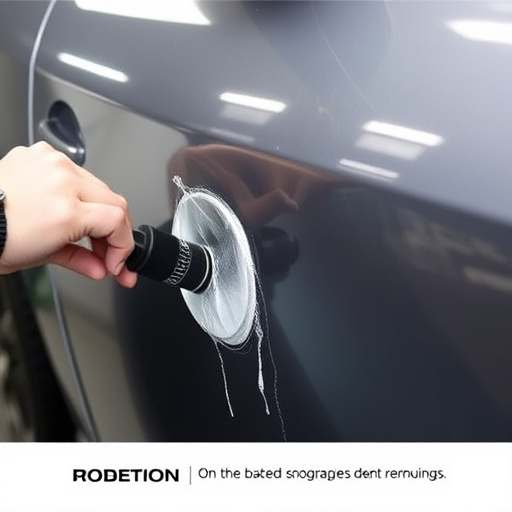
In the realm of advanced welding techniques, creativity knows no bounds. Sculpting and artistry in metalwork have emerged as captivating aspects of modern welding, transforming what was once solely a functional process into a vibrant form of artistic expression. Skilled welders now employ innovative methods to craft intricate designs, turning metal into breathtaking masterpieces. This artform, often referred to as “welding sculpture,” involves the strategic fusion of various metals and shapes, allowing for the creation of abstract or representational artworks that can range from small-scale figurines to large-scale installations.
Welders have embraced the potential of advanced welding techniques, such as those used in automotive repairs (like Mercedes Benz repair) and vehicle body repair, to not only restore damaged parts but also to enhance aesthetics. By combining precision, expertise, and a creative eye, they can integrate artistic elements into metalwork, making each piece unique and captivating. Whether it’s the fluid curves of a sculpture or the meticulous detail in a complex joint, welding sculpture showcases the versatility and beauty that can arise from specialized welding skills, elevating the artform to new heights and providing an alternative avenue for those interested in auto glass replacement or vehicle body repair beyond mere functionality.
Advanced welding techniques, such as those explored through precise joins, TIG fusion artistry, and creative metalwork, offer a world of possibilities for professionals and enthusiasts alike. By understanding and mastering these secrets, you can elevate your welds from functional to exceptional, unlocking new realms of design and structural integrity. Incorporating these advanced methods into your workflow will not only enhance the quality of your work but also open doors to innovative projects that push the boundaries of metal fabrication.

